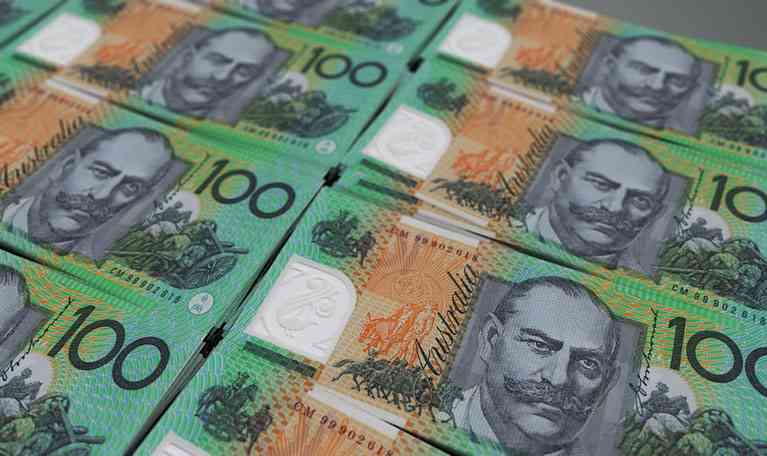The Aussie dollar fell against a basket of currencies as the countries quarterly GDP fell short of expectations. The GDP data shortfall sparked a sell-off in AUD exchange rates.

Australian quarterly GDP disappoints
This month’s Aussie GDP figures which were released early on Wednesday morning reached lower than the markets anticipated level. Novembers’ quarterly GDP was anticipated to show 0.7% growth however the data fell short reaching 0.6%.
The dip was put done to diminishing exports and public spending. The data was coupled with the release of Australia’s Trade balance which also missed expectation reaching 0.11B against the anticipated 1.37B.
Overview of Australia’s GDP
Although this quarters GDP fell short of expectations the year, in general, must be viewed more positively. This quarter is the only one in 2017 which missed estimate with two of three exceeding market expectations. On an annualised basis Australia’s economy grew by 2.8% making it one of the most expanding world economies.
Twenty sectors also reported heightened levels of trade in the final quarter with sectors such as scientific, professional and technical services all reporting increased business levels.
Australian imports and exports
The Reserve Bank of Australia will potentially be concerned by the contracting exports however, this is more down to the weakening in commodity prices including coal and iron ore which exchanged hands at elevated levels earlier in the year. Actual exports and imports rose by 1.9% fuelled by higher quantities of minerals.
Exports and imports price differential also narrowed showing a reduction of 0.4% in the final quarter.
Australia’s household spending
Australia’s public spending has been a concern for a long while and this quarter’s GDP will do little to allay the RBA’s concerns. Currently, growth in public spending is at the same levels of the first quarter in 2005. Cutbacks in spending include dining, accommodation, clothing and new vehicle sales.
Spending on essentials such as electricity, fuel and gas bucked the trend increasing 11.5% as did cigarettes and alcohol which increased by 11.1%
Australian trade balance
Following the latest quarterly GDP figures was the monthly trade balance which showed a dramatic shrinking in the trade surplus falling just AU$ 105m compared to AU$ 1.6 BN the month before. Driven by the fall in exports the main propagandist was the fall in iron ore demand which fell by 10% to just over AU$ 7BN. Markets had anticipated a figure of AU$1.4BN, therefore, the significant shortfall drove AUD exchange rates lower still.
AUD exchange rates
The week’s data has proved challenging for AUD exchange rates which saw the AUD/USD fall significantly over last weeks trading. The Quarterly GDP figures seeing the AUD/USD drop from 0.7612 to 0.7581 following the below estimate reading. The AU$ where furthermore compounded by the dismal trade balance which fell short of market expectations, the result attributing to the AUD/USD falling furthermore from 0.7567 to 0.7543.
This has seen declining price in the Australian dollar, this week has seen the AUD/USD drop to its lowest level in six months. Key resistance levels for the Australian Dollar sit at 0.7532 and 0.7625.